
Uncover the facts by breaking down almond sustainability myths related to:
- Water Use
- Pollinators
When shopping for food and beverages, today’s consumers look beyond taste and nutrition – they value the sustainability of the brands they buy from and the ingredients that go into those products. Things like water use, pollinator and biodiversity health, and food waste are taken into consideration, and are influencing purchase decisions, with 85% of global shoppers shifting toward more sustainable products1.
However, with so much information available at the click of a button, it’s easy for misconceptions and myths to form surrounding the sustainability of California almond production. From water inefficiency to biodiversity, it’s important to navigate fact from fiction so customers can make purchase decisions that align with their values.
Let’s start busting two common almond sustainability myths:
Myth #1 – Almond Farming Is a Waste of Water
Myth #2 – Almond Orchards are Tough on Bees
Formulators aware of positive environmental impacts available from Blue Diamond Growers almond production can make more informed decisions when selecting ingredients. This allows them to bolster product claims and secure customers who actively choose products that align with their values. Using Blue Diamond almonds, formulators can develop enhanced offerings that meet a broad range of global demands surrounding sustainability, health and nutrition and more. Through our sustainable initiatives, Blue Diamond almond ingredients, including almond protein powder, almond butter, and almond flour, can help food brands on their journey to sustainably delicious innovation. Learn more about the environmental efforts of Blue Diamond Growers by checking out our 2022 Sustainability Report here.
Interested in learning how Blue Diamond almonds work with your sustainability commitments? Check out our Q&A article featuring expertise from Dr. Dan Sonke, Senior Director of Sustainability at Blue Diamond Global Ingredients Division here. If you’re hungry for more insights on what to expect from sustainable innovation, contact us or request a sample today.
References:
1 “How Do Consumers Really Feel About Sustainability,” Food Industry Executive. 2022.
2 Ramesh Sagili. Department of Horticulture, Oregon State University.
3 Topitzhofer, et al. Assessment of Pollen Diversity Available to Honey Bees in Major Cropping Systems During Pollination in the Western United States. Journal of Economic Entomology. 2019.
4 Ramesh Sagili. Department of Horticulture, Oregon State University.
5 “Upcycled food launches leap as concerns around waste grow: report,” Food Dive. 2022.

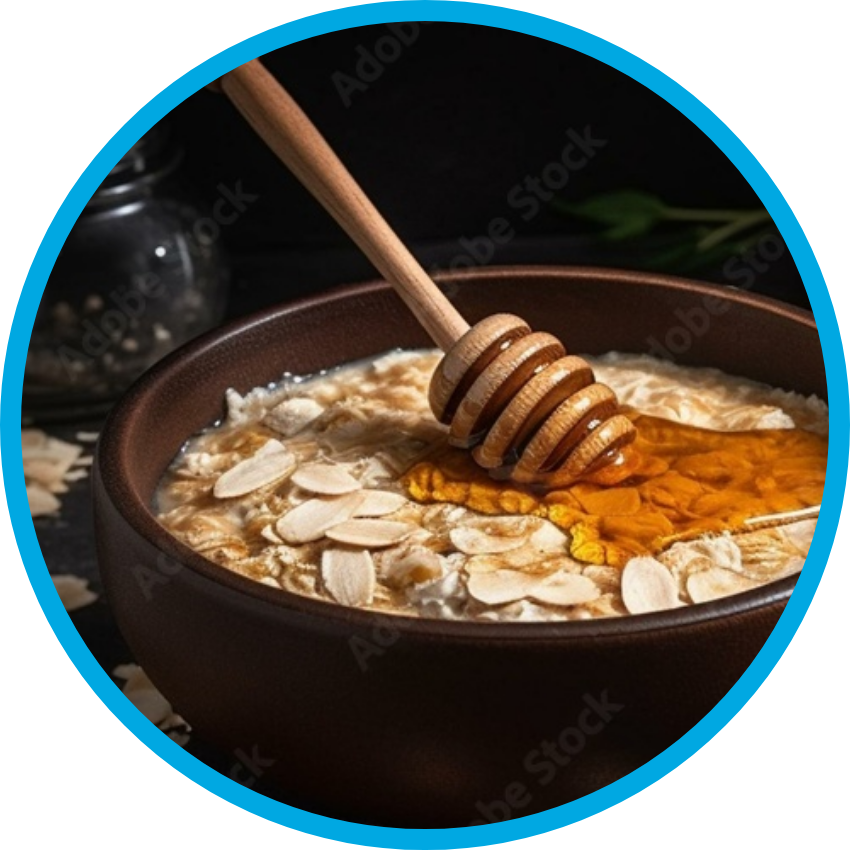
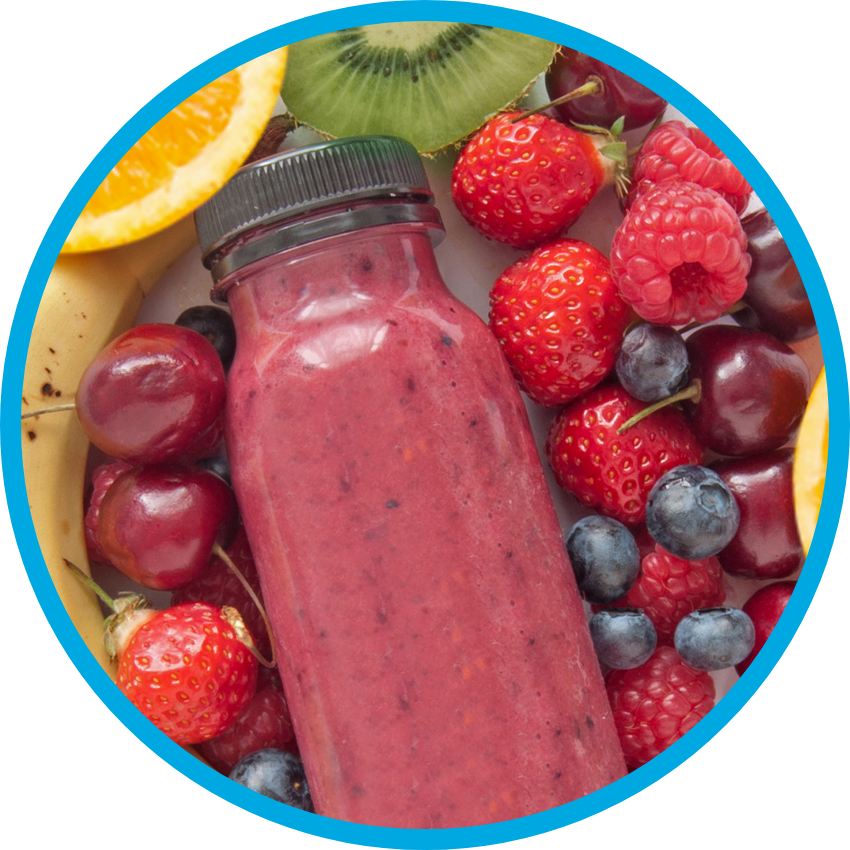
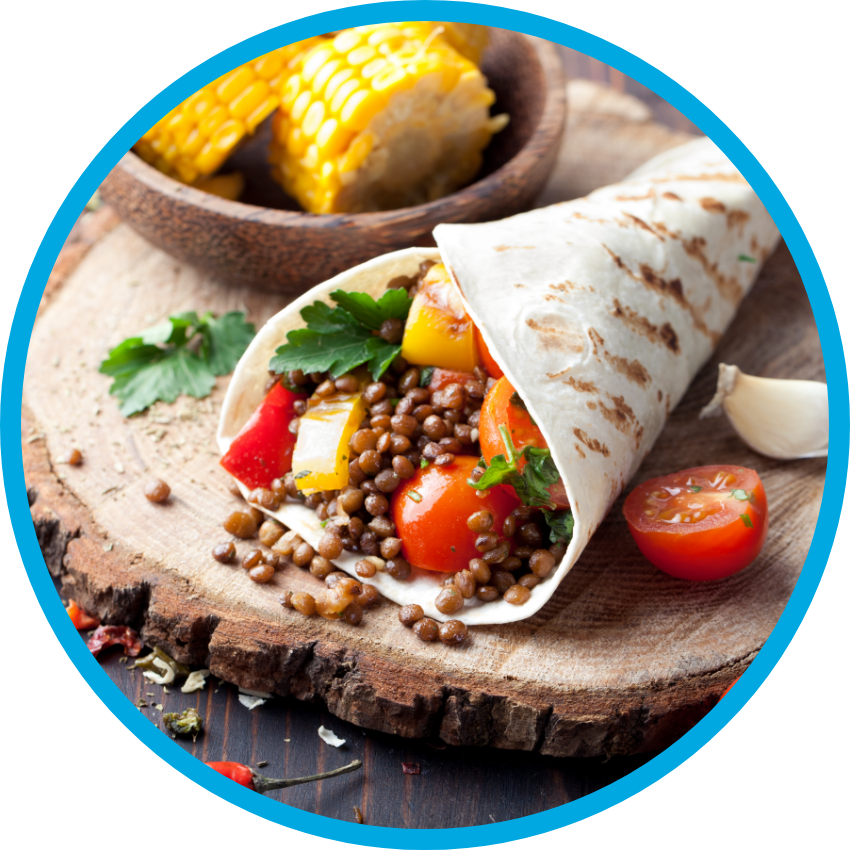
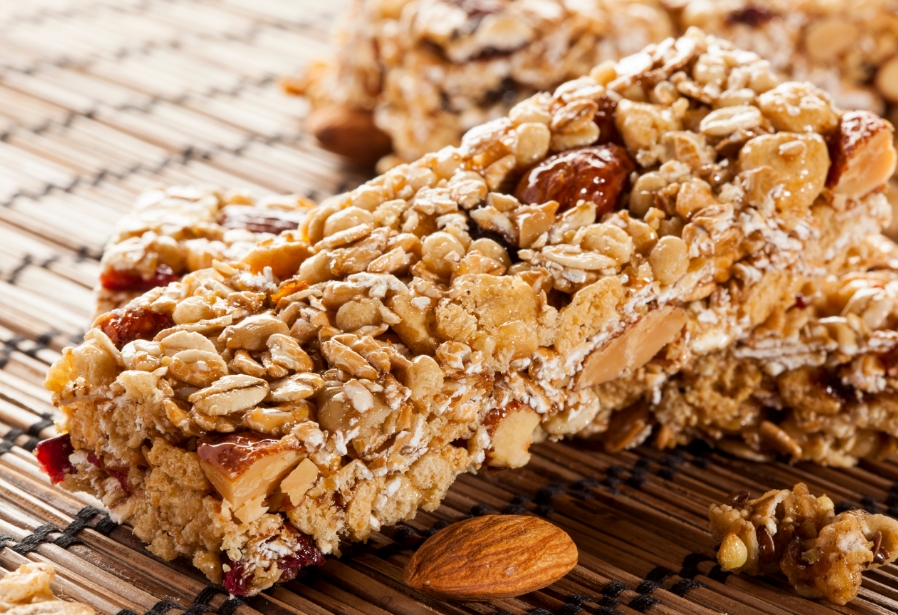


 The pandemic drove interest in health and wellness, and consumers had the time to prepare a nutritious meal at home. Now that they're back to their busy lifestyles, global shoppers continue to prioritize health with nutritious food and beverages, but they want those breakfast foods in a time-efficient manner. Therefore, formulators must innovate healthy, convenient breakfast foods that save time in the morning and deliver ample nutrition.
The pandemic drove interest in health and wellness, and consumers had the time to prepare a nutritious meal at home. Now that they're back to their busy lifestyles, global shoppers continue to prioritize health with nutritious food and beverages, but they want those breakfast foods in a time-efficient manner. Therefore, formulators must innovate healthy, convenient breakfast foods that save time in the morning and deliver ample nutrition.
 As I touched on, many consumers are interested in better-for-you breakfast offerings, opting for those that have healthier inclusions, less sugar, and higher protein content. At the same time, there is a growing desire for on-the-go cereals and breakfast foods with creative flavor profiles and indulgent mix-ins-a meal that mimics the healthy foods consumers are seeing on their social media feeds.
As I touched on, many consumers are interested in better-for-you breakfast offerings, opting for those that have healthier inclusions, less sugar, and higher protein content. At the same time, there is a growing desire for on-the-go cereals and breakfast foods with creative flavor profiles and indulgent mix-ins-a meal that mimics the healthy foods consumers are seeing on their social media feeds.
 Social media, from LinkedIn to Instagram, has a profoundly strong influence on global consumer purchase behaviors, encouraging individuals to seek out products their peers recommend. Whether it's a viral TikTok video promoting a healthy plant-based protein breakfast shake, or an Instagram post of an açai bowl with a creamy almond butter drizzle, people are being influenced by those third-party, unbiased recommendations they trust.
Social media, from LinkedIn to Instagram, has a profoundly strong influence on global consumer purchase behaviors, encouraging individuals to seek out products their peers recommend. Whether it's a viral TikTok video promoting a healthy plant-based protein breakfast shake, or an Instagram post of an açai bowl with a creamy almond butter drizzle, people are being influenced by those third-party, unbiased recommendations they trust.
 Recent research shows that the trend of convenient, healthy foods is here to stay1. The preference for quick, healthy foods will continue to drive an increased use of plant-based ingredients in breakfast offerings, as they are typically clean, nutritious and pair well with on-the-go formulations. We expect brands to innovate with a strong focus on those plant-based ingredients, especially those that add versatile and valuable nutritional benefits like protein and fiber. Specifically, many consumers are looking for foods that can contribute to a healthy immune and digestive system, placing a renewed importance on high fiber content in a convenient package.
Recent research shows that the trend of convenient, healthy foods is here to stay1. The preference for quick, healthy foods will continue to drive an increased use of plant-based ingredients in breakfast offerings, as they are typically clean, nutritious and pair well with on-the-go formulations. We expect brands to innovate with a strong focus on those plant-based ingredients, especially those that add versatile and valuable nutritional benefits like protein and fiber. Specifically, many consumers are looking for foods that can contribute to a healthy immune and digestive system, placing a renewed importance on high fiber content in a convenient package.
 For example, dry roasted almonds are especially ideal for cereal applications because they offer a more complex flavor profile than unroasted almonds and have an extra crunchy texture. Other almond ingredients, such as almond protein powder, can also be featured in on-the-go breakfast products, adding plant-based protein and fiber to cereal and breakfast bars for quick nutrition-an attribute incredibly important to busy, health-conscious consumers.
For example, dry roasted almonds are especially ideal for cereal applications because they offer a more complex flavor profile than unroasted almonds and have an extra crunchy texture. Other almond ingredients, such as almond protein powder, can also be featured in on-the-go breakfast products, adding plant-based protein and fiber to cereal and breakfast bars for quick nutrition-an attribute incredibly important to busy, health-conscious consumers.
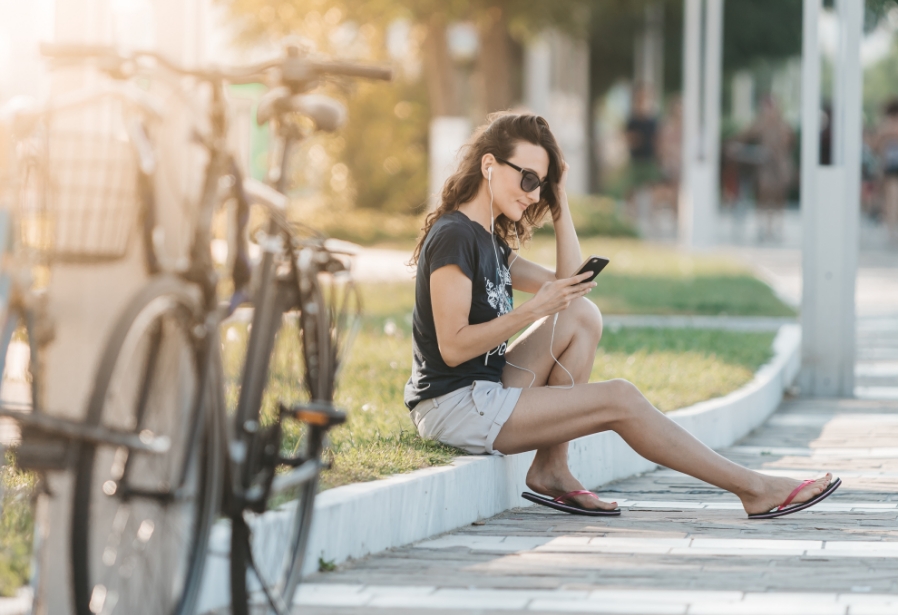


 The global ready-to-eat meals market is expected to grow at a 10.98% compound annual growth rate, reaching $188 billion by 20305. This means that people are still seeking elevated and convenient experiences despite increasing global food prices. Whether it's a "heat and eat" meal from a store, or a protein bar they can throw in a work bag, a range of private label to enhanced convenience offerings can bring the value of being easy to consume on the go - while still providing the necessary nutrition consumers seek.
The global ready-to-eat meals market is expected to grow at a 10.98% compound annual growth rate, reaching $188 billion by 20305. This means that people are still seeking elevated and convenient experiences despite increasing global food prices. Whether it's a "heat and eat" meal from a store, or a protein bar they can throw in a work bag, a range of private label to enhanced convenience offerings can bring the value of being easy to consume on the go - while still providing the necessary nutrition consumers seek.



 One of the top trends on social media involves plant-based products, with experts linking the rise of veganism to the growth of social media and influencers8. Seeing a third-party review of an almond crusted cauliflower dish or almond flour brownies, for example, could help influence a premium purchase, especially if value touted is related to health, nutrition, and sustainability.
One of the top trends on social media involves plant-based products, with experts linking the rise of veganism to the growth of social media and influencers8. Seeing a third-party review of an almond crusted cauliflower dish or almond flour brownies, for example, could help influence a premium purchase, especially if value touted is related to health, nutrition, and sustainability.